Alberta
$8.6 billion committed: Province to fund up to 30 new schools and 8 modernizations in each of next 3 years
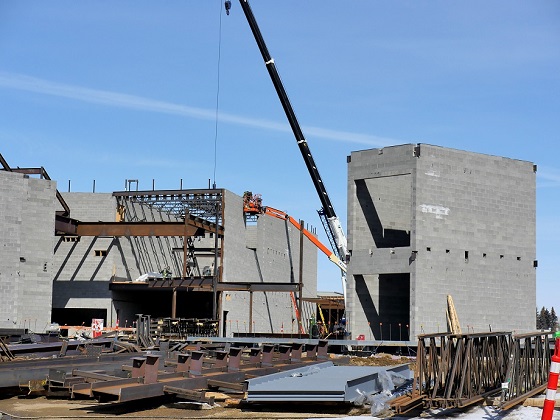
Alberta’s government is committing $8.6 billion to complete and open 200,000 new student spaces across the province in the next seven years.
Alberta’s population is growing exponentially as more people from across Canada and around the world choose to make the province their home. This rapid growth is causing strain on the Kindergarten to Grade 12 education system, with student enrolment increasing at historic rates.
To keep up with fast-rising student enrolment, Alberta’s government is committing $8.6 billion through the new School Construction Accelerator Program. This program will create more than 200,000 new and modernized spaces for students to learn, grow and reach their full potential. Starting in Budget 2025, Alberta’s government will kick-start up to 30 new schools and as many as eight modernizations and replacement schools every year for the next three years.
“Every student deserves a quality education in a school that can meet their learning needs and set them on a path to success in the future. As hundreds of thousands of people are choosing to make Alberta their home, we are responding by funding and building the schools our fast-growing communities need. As we build, we’re asking school boards and municipalities to work with us so we can get shovels in the ground as quickly as possible.”
The Calgary Metropolitan Area and Edmonton Metropolitan Region, along with other communities across the province, have been feeling the pressures of strong student growth and aging school infrastructure. The School Construction Accelerator Program will result in 50,000 new or modernized student spaces over the next three years – and more than 150,000 new and modernized spaces over the following four years. In total, the School Construction Accelerator Program will mean approval for up to 30 new school projects and as many as eight new modernization and replacement projects every year over the next three years. In addition to the school projects, 20,000 new student spaces will be delivered through modular classrooms over the next four years.
“We are investing in the future of our province. Through our commitment to kick-start 30 new schools each year over the next three years, we are delivering new student spaces across the province and in our fastest-growing communities for students to learn, grow and reach their full potential.”
“I look forward to working with my ministry and industry partners to build the schools Albertans need and ensuring that each project is as unique as the students who use them. School builds, modernizations and renovations support tens of thousands of jobs across the province. As Alberta communities continue to grow, this announcement will allow us to meet demands for spaces faster and more efficiently, all while creating jobs and boosting our local and provincial economies.”
The School Construction Accelerator program also takes immediate action to speed up the construction of schools by enabling school projects to be approved in-year for their next stage in the construction process without having to wait for the next budget cycle. This means all previously approved school projects currently in the planning and design stages can move forward to the next stage as soon as they are ready to do so. Through this change, 10 previously announced priority school projects are now approved for the next stage of project delivery, including six moving to full construction.
“We appreciate the government’s recognition that there is an urgent need to provide additional learning spaces for CBE students. CBE families are looking forward to new schools in their growing communities and modernizations to address aging infrastructure. Thank you to the Premier and the Government of Alberta for this much-needed investment.”
“Edmonton Public Schools is grateful for the province’s funding for school infrastructure. This crucial support will help us meet urgent needs and positively affect our students and families.”
The population growth has not only increased pressure in the public and separate school system but has increased demand for publicly funded charter programming and space needs. Public charter schools play an important role in Alberta’s education system by offering unique programming to students focused on a learning style, teaching style, approach or pedagogy not already being offered by school boards where the charter is located. As part of this accelerated program, Alberta’s government will add 12,500 new charter school student spaces over the next four years through a Charter School Accelerator pilot program.
“The Association of Alberta Public Charter Schools is elated by this historic capital announcement. It will help ensure that more families and students can access the excellent programming our public charter schools offer for generations to come.”
Independent schools offer specialized learning supports as well as religious and cultural programming to support parental and educational choice. Alberta’s government will continue to explore opportunities for a school capital pilot program for non-profit independent schools to broaden learning options for Alberta families.
Quick facts
- The School Construction Accelerator Program will deliver more than 200,000 new and modernized student spaces.
- Previously approved school projects and modular classrooms will create about 50,000 new and modernized student spaces over the next three years.
- The program will create about 150,000 additional new and modernized student spaces. This includes:
- more than 100,000 new student spaces
- more than 16,600 modernized student spaces
- more than 20,000 student spaces in new or relocated modular classrooms
Alberta
Province announces plans for nine new ‘urgent care centres’ – redirecting 200,000 hospital visits

Expanding urgent care across Alberta
If passed, Budget 2025 includes $17 million in planning funds to support the development of urgent care facilities across the province.
As Alberta’s population grows, so does the demand for health care. In response, the government is making significant investments to ensure every Albertan has access to high-quality care close to home. Currently, more than 35 per cent of emergency department visits are for non-life-threatening conditions that could be treated at urgent care centres. By expanding these centres, Alberta’s government is enhancing the health care system and improving access to timely care.
If passed, Budget 2025 includes $15 million to support plans for eight new urgent care centres and an additional $2 million in planning funds for an integrated primary and urgent care facility in Airdrie. These investments will help redirect up to 200,000 lower-acuity emergency department visits annually, freeing up capacity for life-threatening cases, reducing wait times and improving access to care for Albertans.
“More people are choosing to call Alberta home, which is why we are taking action to build capacity across the health care system. Urgent care centres help bridge the gap between primary care and emergency departments, providing timely care for non-life-threatening conditions.”
“Our team at Infrastructure is fully committed to leading the important task of planning these eight new urgent care facilities across the province. Investments into facilities like these help strengthen our communities by alleviating strains on emergency departments and enhance access to care. I am looking forward to the important work ahead.”
The locations for the eight new urgent care centres were selected based on current and projected increases in demand for lower-acuity care at emergency departments. The new facilities will be in west Edmonton, south Edmonton, Westview (Stony Plain/Spruce Grove), east Calgary, Lethbridge, Medicine Hat, Cold Lake and Fort McMurray.
“Too many Albertans, especially those living in rural communities, are travelling significant distances to receive care. Advancing plans for new urgent care centres will build capacity across the health care system.”
“Additional urgent care centres across Alberta will give Albertans more options for accessing the right level of care when it’s needed. This is a necessary and substantial investment that will eventually ease some of the pressures on our emergency departments.”
The remaining $2 million will support planning for One Health Airdrie’s integrated primary and urgent care facility. The operating model, approved last fall, will see One Health Airdrie as the primary care operator, while urgent care services will be publicly funded and operated by a provider selected through a competitive process.
“Our new Airdrie facility, offering integrated primary and urgent care, will provide same-day access to approximately 30,000 primary care patients and increase urgent care capacity by around 200 per cent, benefiting the entire community and surrounding areas. We are very excited.”
Alberta’s government will continue to make smart, strategic investments in health facilities to support the delivery of publicly funded health programs and services to ensure Albertans have access to the care they need, when and where they need it.
Budget 2025 is meeting the challenge faced by Alberta with continued investments in education and health, lower taxes for families and a focus on the economy.
Quick facts
- The $2 million in planning funds for One Health Airdrie are part of a total $24-million investment to advance planning on several health capital initiatives across the province through Budget 2025.
- Alberta’s population is growing, and visits to emergency departments are projected to increase by 27 per cent by 2038.
- Last year, Alberta’s government provided $8.4 million for renovations to the existing Airdrie Community Health Centre.
Related information
Alberta
Province pumping $100 million into Collegiates and Dual-Credit hands-on learning programs
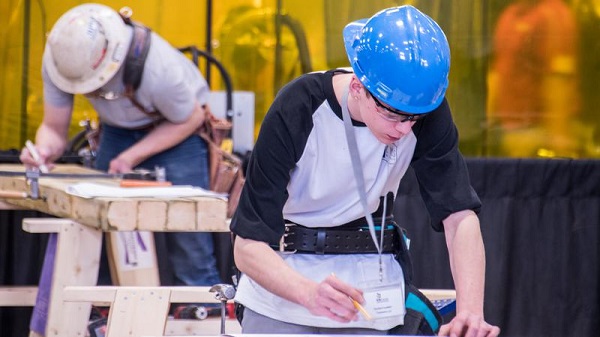
Alberta’s government is helping students discover their skills and interests today, to help them find careers for tomorrow.
If passed, Budget 2025 will provide more than $100 million over three years for school boards to grow career education programs, including funding for more collegiate and dual-credit programs across Alberta.
“We are working to set students up for success by strengthening job-focused education. This money is helping schools partner with businesses, universities and colleges to create programs that will help students hit the ground running after they graduate.”
Career education helps students gain credits towards graduation while earning hands-on experience in fields like the trades, computer programming, health care, agriculture, culinary arts and more. These career education programs support a strong economy by helping students learn the skills they need to get in-demand jobs.
Collegiate schools
Collegiate schools work with businesses, universities and colleges to offer classes that give students pathways to education and careers in the job of their choice. There are 12 collegiate schools in Alberta, offering many different types of programming for grades 7-12, including aviation, graphic design, trades and more.
If passed, Budget 2025 provides more than $21 million to school boards to help fund special classrooms like carpentry workshops, film and media rooms, science laboratories, heavy equipment simulators and aircraft hangars. Another $6 million is being invested to support the start-up costs for new collegiate schools.
Dual-credit programs
Budget 2025, if passed, also provides $4.6 million in 2025/26 to start new or improve existing dual-credit programs. In partnership with universities and colleges, dual-credit programs give students a head start on rewarding careers by allowing them to earn high-school and post-secondary credits at the same time. Of the $4.6 million, $550,000 is being provided by Alberta Seniors, Community and Social Services for new and improved dual-credit health care aide programs.
“Health care aides play a critical role in ensuring Albertans receive the continuing care services they need to maintain their health, independence and quality of life. Our investments into career pathways for health care aides will provide opportunities for young Albertans to develop the skills they need to build a rewarding career in Alberta’s continuing care workforce.”
Another $1.4 million is being invested to support students participating in off-campus career education programs through CAREERS. This non-profit connects students to jobs in high-demand fields, such as the trades, technology, health, forestry and agriculture.
“Investments in collegiate and dual-credit programming are significant for Calgary Catholic as they further strengthen our collegiate and dual-credit programming. This programming will open opportunities for our students and help them to realize their full potential.”
“Before Fusion Collegiate, I felt lost and wasn’t really sure what to do after high school. Thanks to its career-focused learning and the opportunities through Fusion and The Educational Partnership Foundation, I’m now working as a first-year apprentice plumber with Mr. Rooter. The hands-on trades training, high school credits, safety certifications, and real-world skills I picked up completely changed my life. I’m excited about where my career is headed and really thankful for the support that helped me get here.”
Budget 2025 is meeting the challenge faced by Alberta communities with continued investments in education and health, lower taxes for families and a focus on the economy.
Quick facts
- If passed, Budget 2025 invests $102.4 million over three years to provide sustainable, predictable career education funding, and to increase access to career education for Alberta students.
- This includes $8.4 million over 2026-27 and 2027-28 to raise awareness among students and families of career education programs and pathways available to Alberta students.
- Career education in Alberta includes career and technology courses, Career and Life Management (CALM), dual-credit courses, collegiate schools, apprenticeships and off-campus education programming.
- Since 2013, more than 95,000 high school students participated in at least one dual–credit course.
- In spring 2025, Alberta Education will engage with education partners on best practices to bring more career education opportunities to students.
- Since 2022, education partners and almost 5,000 Albertans have provided their feedback on career education and workforce needs.
Related information
-
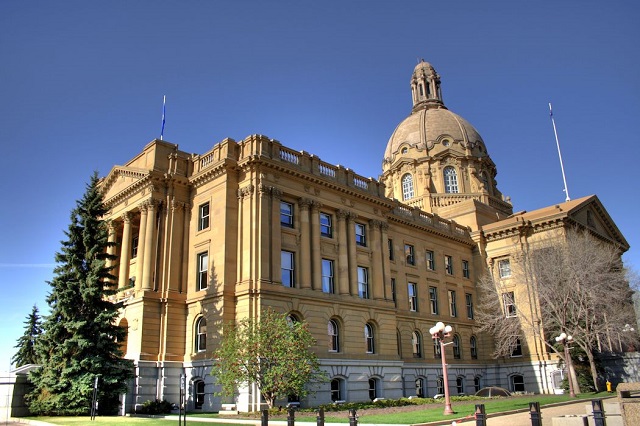
 Alberta1 day ago
Alberta1 day agoAlberta Institute urging Premier Smith to follow Saskatchewan and drop Industrial Carbon Tax
-
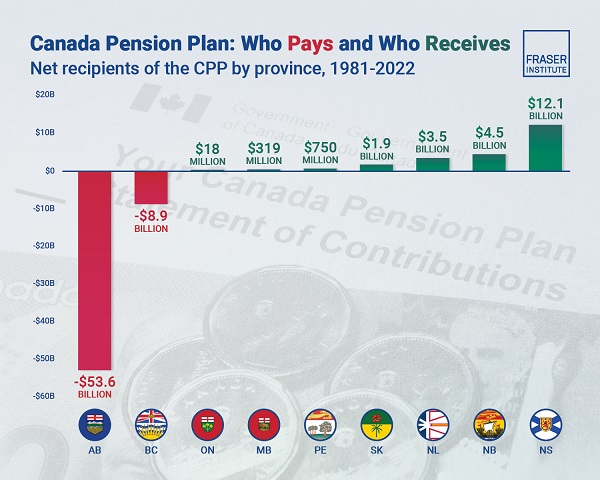
 Alberta1 day ago
Alberta1 day agoAlbertans have contributed $53.6 billion to the retirement of Canadians in other provinces
-

 2025 Federal Election1 day ago
2025 Federal Election1 day agoFool Me Once: The Cost of Carney–Trudeau Tax Games
-

 Addictions1 day ago
Addictions1 day agoShould fentanyl dealers face manslaughter charges for fatal overdoses?
-

 Alberta9 hours ago
Alberta9 hours agoProvince pumping $100 million into Collegiates and Dual-Credit hands-on learning programs
-

 Energy1 day ago
Energy1 day agoEnergy, climate, and economics — A smarter path for Canada
-

 Fraser Institute9 hours ago
Fraser Institute9 hours agoPremier Eby seeks to suspend democracy in B.C.
-
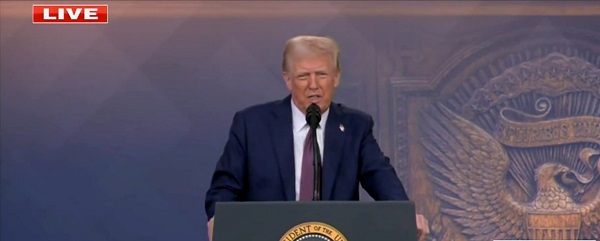
 Business1 day ago
Business1 day agoTrump Reportedly Shuts Off Flow Of Taxpayer Dollars Into World Trade Organization









